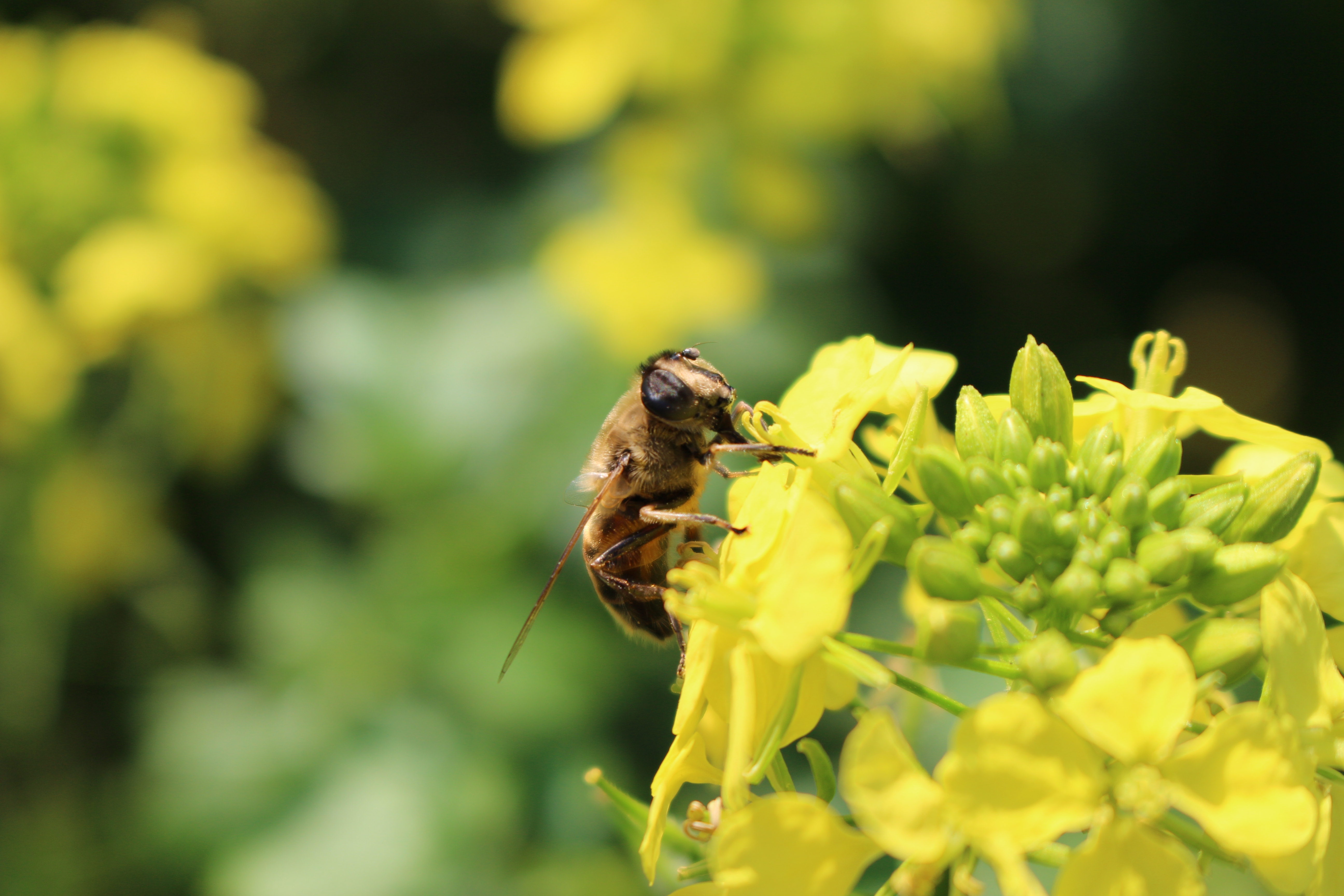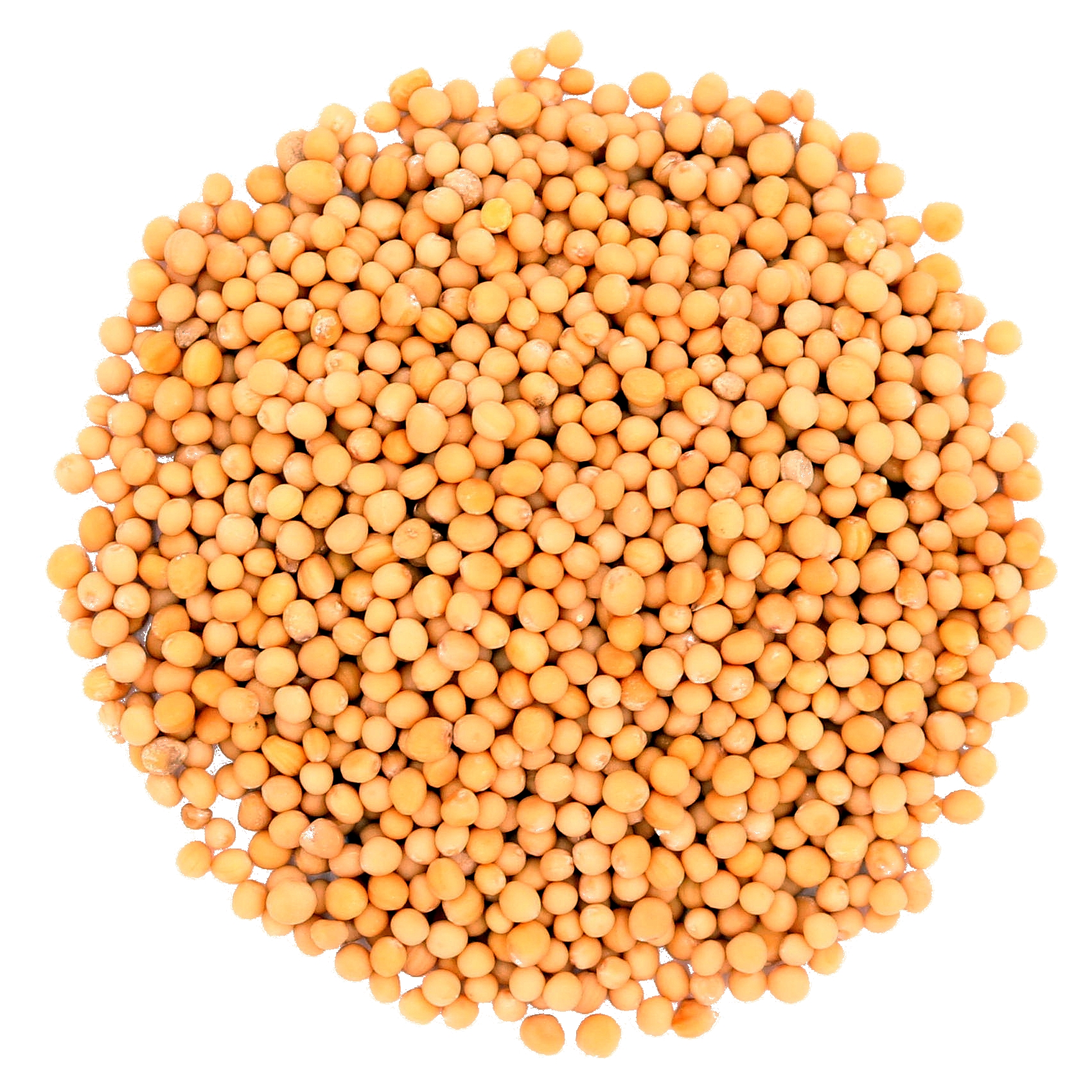In focus: White mustard
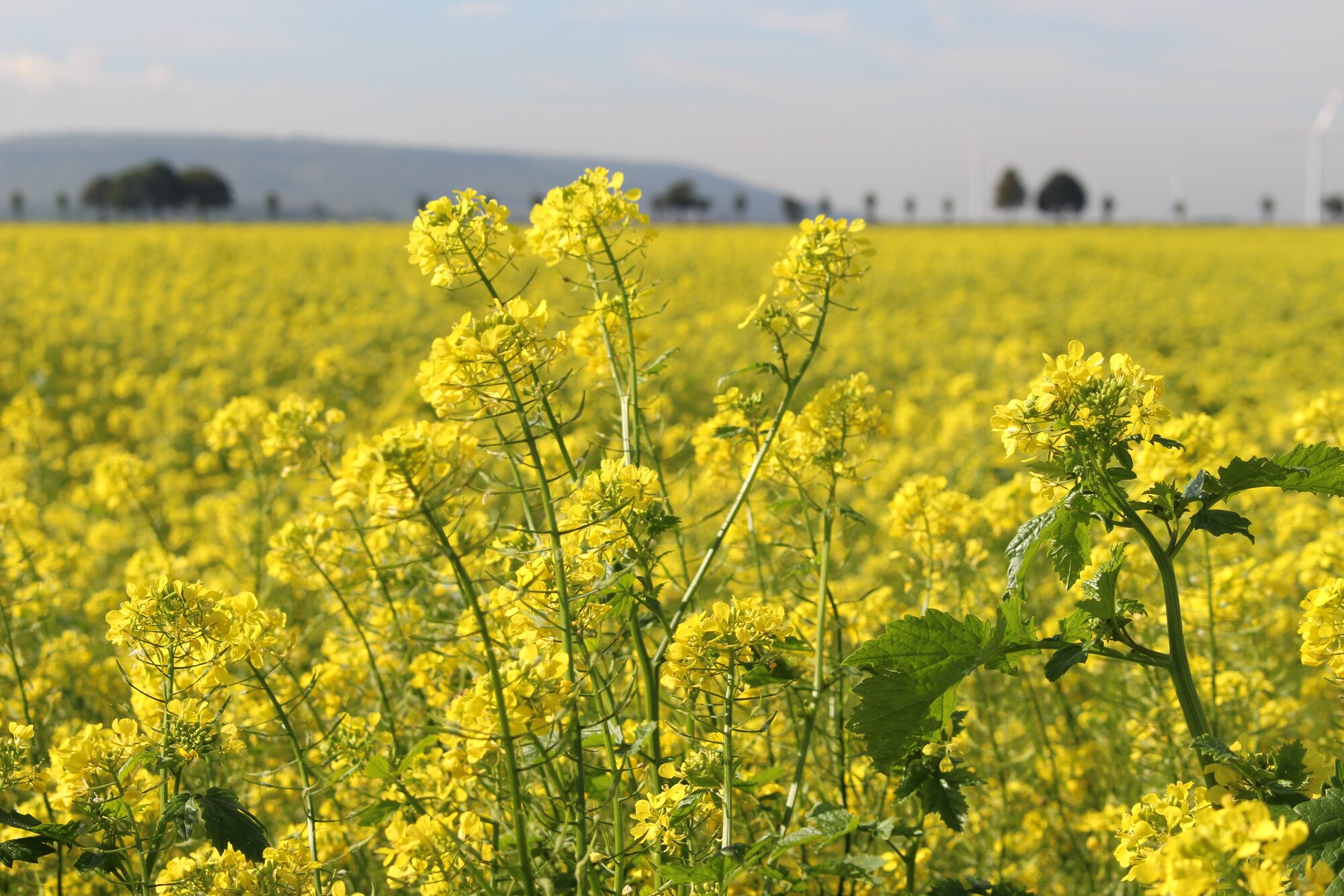
Origin and history
White mustard’s name comes from its white seeds, though it is also known as yellow mustard, a name it owes to the bright yellow colour of its flowers in the autumn. These flowers often cause confusion, since the yellow mustard flowers are nearly identical to those of rapeseed, another member of the cruciferous plant family. There is one clear trick to telling them apart, which is their flowering season: rapeseed flowers in late spring, while the earliest white mustard flowers emerge in summer or autumn. The plants can also be distinguished by their taste and smell.
White mustard is a cultivated plant that likely originated in the southeastern Mediterranean. Even in antiquity (around 2000 BC), mustard was used as a seasoning, oilseed and medicinal plant. The Romans used mustard to flavour their wine and ate the plant as a vegetable. They were the ones to take the plant over the Alps and into western and northern Europe in the early Middle Ages. Pepper was still a precious commodity in Medieval times, out of reach for most common people. Mustard seeds, then, became a perfect replacement for pepper when it came to seasoning food.
The expression “adding your mustard” emerged in Germany in the 17th century to mean “sticking your oar in”. At the time, innkeepers would add mustard to nearly every dish as an exclusive delicacy, in the same way salt and pepper are used today – even when mustard didn’t really suit the dish. Many guests found the practice to be unwelcome and rather intrusive, hence the saying.
Nor was mustard limited to Europe: in China, its sharp taste has been prized for as long as 3,000 years. Alongside horseradish, mustard has the longest history of being used for its spicy flavour in the Near East and Europe – even longer than pepper and chillies.
Nowadays, it has spread across the world as a wild plant, with the largest cultivation areas in western Europe, Sweden, Canada, the northern USA and from the Near East to India.
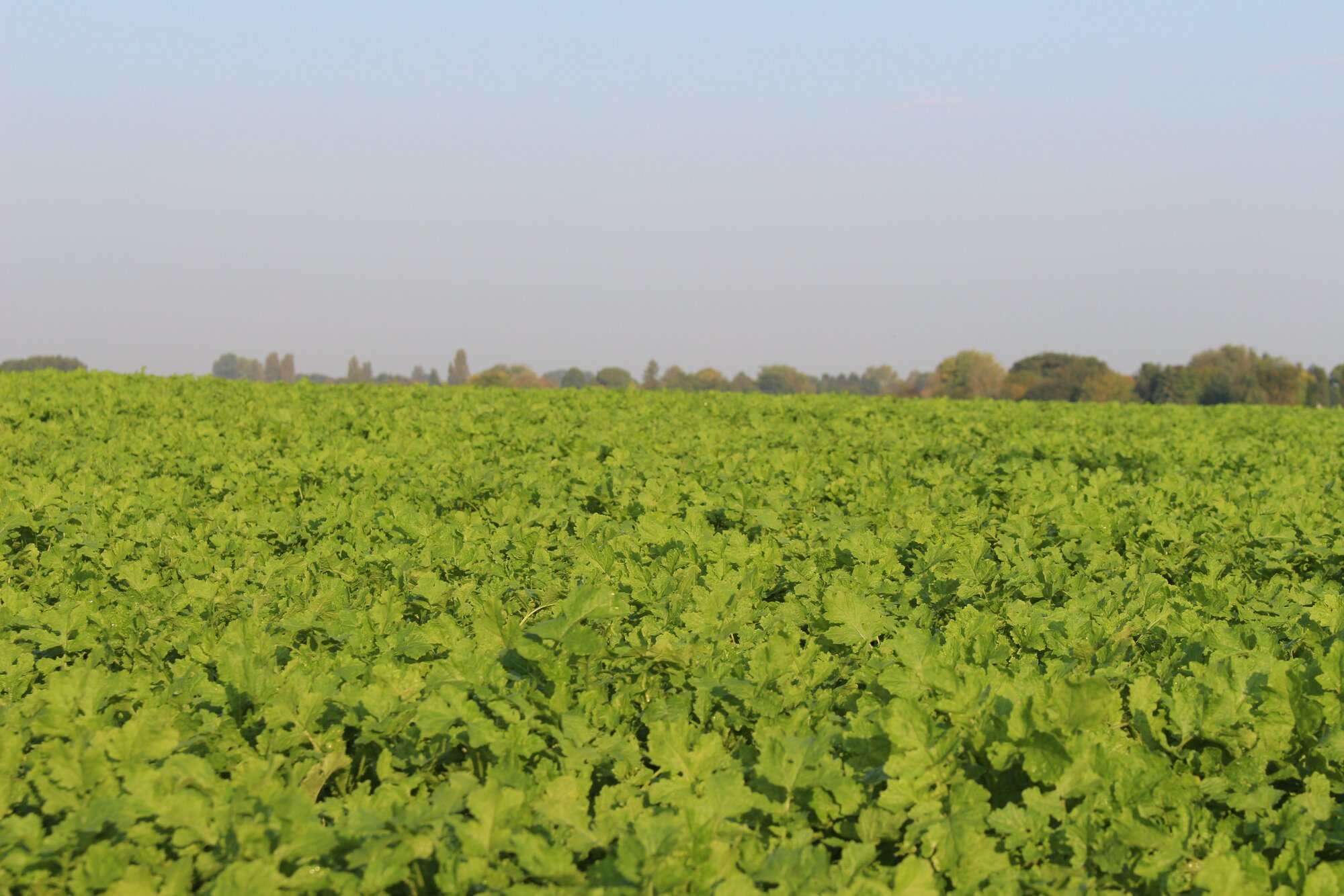
Use and yield
White mustard is a highly versatile plant that is planted in a wide variety of areas. In warm regions it is primarily planted for its seeds, which are allowed to ripen fully and then used as a spice, in mustard oil, or to make the condiment mustard. As a spice, white mustard is one of the main ingredients in ground mustard, containing various substances that give it its pungent, spicy taste. Its leaves are also edible and can be used in small amounts in salads or stews.
In cooler, temperate regions, white mustard is planted in late summer as a ground-covering catch crop. Here, its greenery can be used as nutritional fodder for cattle or as a classic green manure. When used in green manure, the plants are left on the field and are worked into the soil in the following spring. This helps to prevent or reduce nutrient leaching while also enriching the soil with humus and protecting it against erosion. Thanks to its wide-reaching roots, white mustard leaves behind a finely textured seedbed. It grows very rapidly, allowing it to quickly form a large leaf mass. This provides shade for the ground, protecting it from the sun and reducing the evaporation of soil moisture.
White mustard has been used as a medicinal plant since ancient times. Freshly ground mustard seeds, for example, were used in folk medicine to treat bronchitis by applying them in an external poultice (mustard compresses) or in mustard foot baths. When used externally, mustard’s warming effect can help provide pain relief for conditions such as joint pain, colds and headaches. According to one study, its leaves may also exhibit a potential antidiabetic effect.
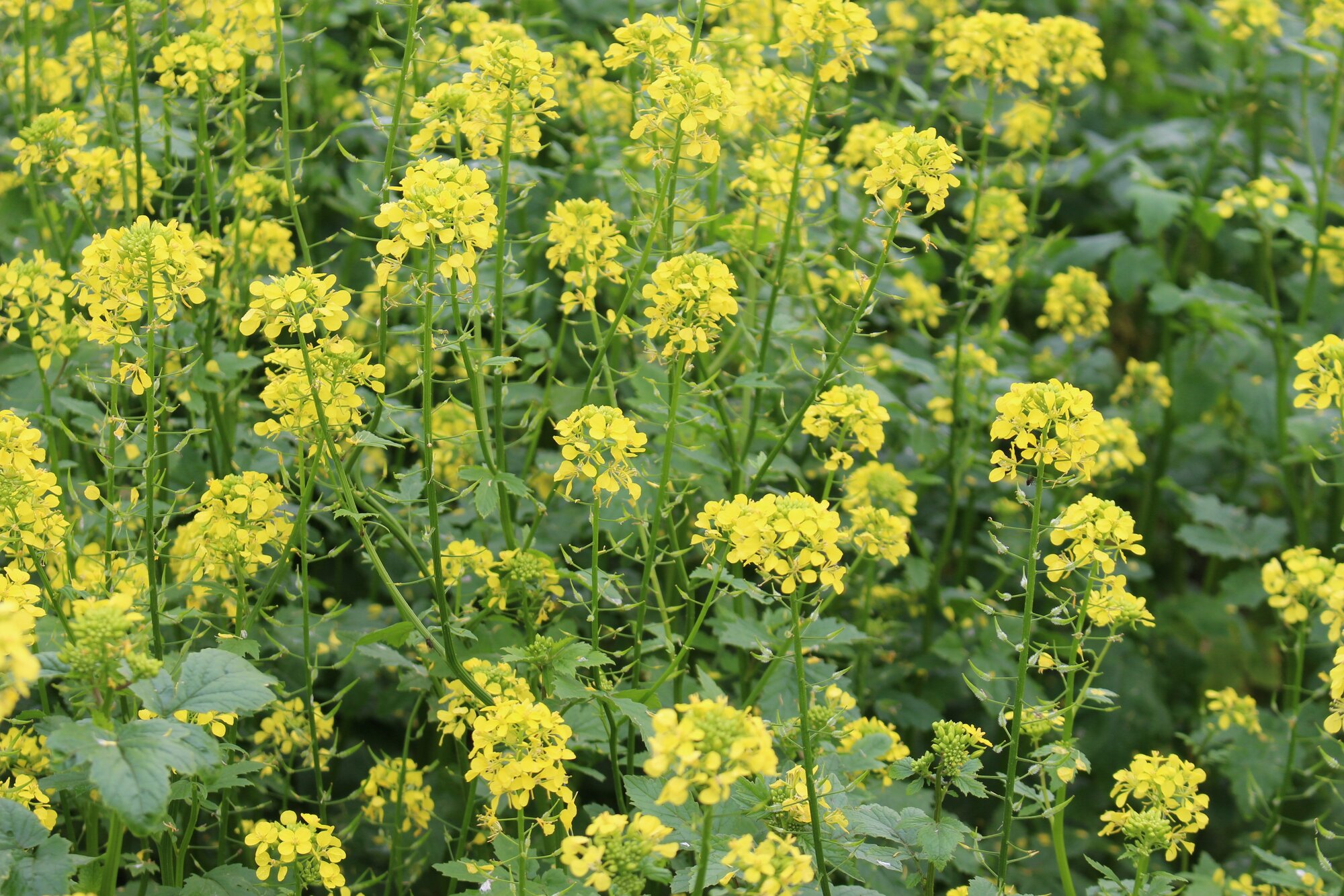
Cultivation and advantages
White mustard is an annual herbaceous plant that prefers calcareous, humus-rich loamy soils with an even water supply on sunny to semi-shaded sites. It is undemanding in cultivation, requiring little maintenance, and can be sown from March to September.
Note, however, that white mustard should not be sown before or after other cruciferous plants because they are incompatible with one another and can transmit diseases more easily to each other because they are closely related species. Since white mustard is not winter hardy, it is winter-killed at the first frost.
When sown early in the season, it can bloom in June to July. During this period, its bright yellow flowers attract a wealth of insects looking for nectar and pollen.
Plant breeding has resulted in the creation of special nematode-resistant varieties, which can be included in crop rotations with beets due to their resistance to beet cyst nematodes. Meanwhile, varieties with especially high erucic acid content are prized for seed oil production.
An additional interesting fact about white mustard is that its seeds remain able to germinate over long periods of time – up to several decades! According to reports, mustard seeds have been successfully sprouted after 40 years in storage.

